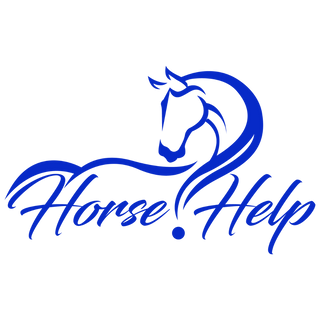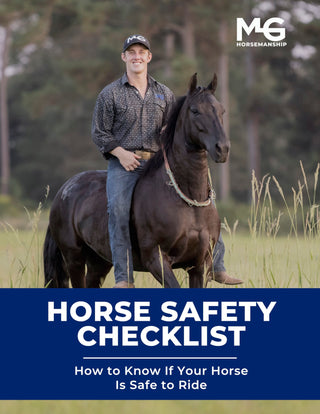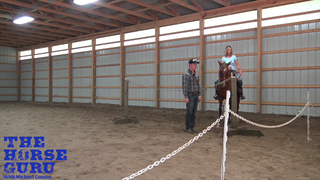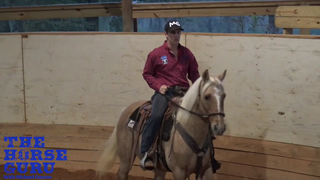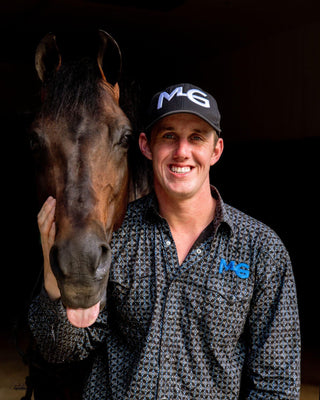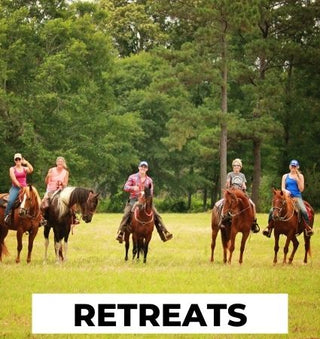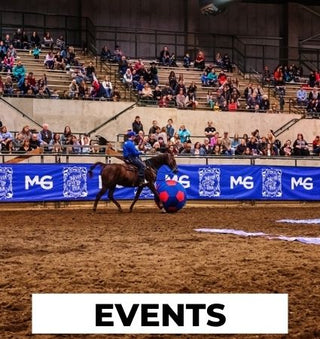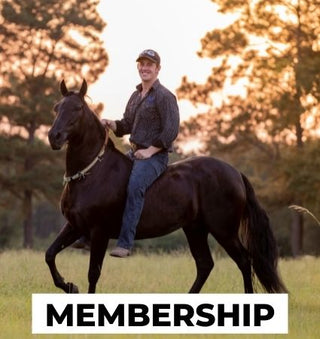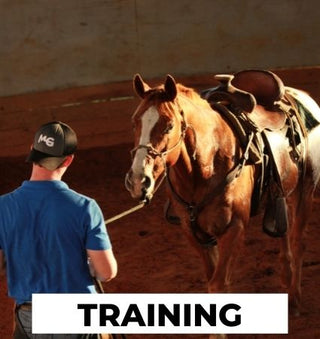Watch the Video Here or continue reading below
A sidepass is a fundamental maneuver that every horse owner should aim to master. It's not just about moving your horse sideways—it's about developing fluidity, control, and responsiveness. In this post, we’ll dive into step-by-step instructions on how to teach your horse a fluid sidepass that will improve your riding experience and make your horse more agile.
What is a Sidepass?
A sidepass is a lateral movement where the horse moves sideways while keeping its body in a straight line. It's a crucial skill for improving your horse's overall flexibility, responsiveness, and control. A fluid sidepass allows you to move the horse in a controlled way without losing momentum, unlike the jerky or stiff versions that often stall or disrupt the horse’s natural rhythm.
Step 1: Set Your Horse Up for Success
Before you begin training for a sidepass, ensure your horse is already comfortable with basic movements like going forward, yielding its head, and moving its shoulders. Start with a controlled environment where you can maintain clear communication with your horse. Make sure your horse knows how to respond to leg and rein cues, as this will help set the stage for a successful sidepass.
Key Preparations:
- Ensure the horse is familiar with moving forward in a controlled manner.
- Maintain good control over the horse's head and shoulders, as both are essential for the sidepass.
- Practice groundwork exercises like the "Respect Series" and "Power of Circle" to improve your horse’s responsiveness.
Step 2: Begin with a Rail
A simple way to start training the sidepass is by having your horse move along a rail or fence. This helps the horse focus on moving sideways without getting distracted or confused by the environment. Start with your horse moving forward along the rail.
Training Tip:
- Start by riding along the fence or rail at a walk. Keep your horse’s focus on moving forward, and make sure they understand that forward movement is the primary goal.
- Keep a steady rhythm and ensure the horse is responsive to rein and leg cues before introducing the sidepass.
Step 3: Apply Leg and Rein Pressure
Once your horse is moving forward along the rail, you can begin applying the sidepass cues. Start by using your outside rein and leg. Slide your outside rein down and apply your outside leg towards the horse’s rear, asking them to move sideways.
Important Cues:
- Rein: Pull the rein towards the horse's butt to encourage them to move sideways.
- Leg: Apply your outside leg to push the horse’s body away from the fence.
At this point, don’t worry too much about the horse being perfectly straight. The key here is to focus on getting movement and fluidity. If your horse starts to move in the wrong direction or goes backward, simply straighten them up and encourage forward movement again.
Step 4: Focus on Fluidity, Not Perfection
The common mistake many riders make when teaching sidepass is focusing too much on getting the horse perfectly straight. While straightness is important later on, the priority at this stage should be fluidity and ease of movement. Once your horse is comfortable moving sideways with freedom and confidence, you can begin working on straightness.
Training Tip:
- Don't force your horse into a rigid, straight position. Instead, allow them to move freely with their shoulders slightly leading the movement. The more relaxed they are, the better the sidepass will be.
Step 5: Add Forward Momentum
To make the sidepass truly fluid, incorporate forward movement. At first, you might notice that the sidepass becomes too stagnant, with the horse stopping or losing momentum. Encourage your horse to move forward while sidepassing to maintain a smooth, continuous flow.
Exercises for Forward Momentum:
- After a few steps of sidepassing, encourage your horse to move forward again by releasing pressure and allowing them to go forward at a walk or trot.
- Reinforce the idea that the sidepass is part of a fluid, continuous motion, not a stagnant or disjointed movement.
Step 6: Gradually Eliminate the Fence
Once your horse is comfortable sidepassing along the rail, gradually remove the barrier. This will help your horse learn how to sidepass without relying on the fence for guidance.
Important Tips for This Stage:
- Keep the horse’s attention focused on you and their movement.
- Make sure the horse’s shoulder and hindquarters are aligned for effective sidepassing.
- Use your legs and reins to maintain control over the horse’s movement and direction.
Step 7: Improve Straightness and Precision
Now that your horse is moving fluidly and sidepassing with forward momentum, it’s time to focus on straightness and precision. This step requires refining the horse's movements so that they move directly sideways without leading with their shoulders or hindquarters.
Refining the Sidepass:
- If your horse's shoulders move ahead of the hindquarters, apply pressure with the rein to straighten them out.
- If the horse's hindquarters move ahead of the shoulders, shift your leg cues to realign the horse's body.
Sidepassing for Control and Flexibility
A well-executed sidepass enhances the flexibility and responsiveness of your horse. It provides better control over their shoulders and hindquarters, making them more agile and versatile. Sidepassing is particularly useful for tasks that require precision, such as working around obstacles, opening gates, or improving overall maneuverability.
Benefits of Sidepassing:
- Improves control over the horse’s shoulders and hindquarters.
- Enhances the horse’s mobility and responsiveness to leg aids.
- Helps create a more fluid, agile horse, perfect for various riding tasks.
Conclusion: Start Sidepassing Today
Teaching your horse a fluid sidepass is a great way to improve both their agility and your communication with them. By focusing on fluidity first, and then refining the technique for straightness and precision, you can ensure a smooth and effective sidepass. Remember, it’s all about starting with basic cues, moving at your horse's pace, and gradually building up to more complex movements. Keep practicing, and soon you’ll have a horse that can sidepass with ease and precision.
Get 30-day horse training for FREE—join the Horse Help Challenge now HERE!
